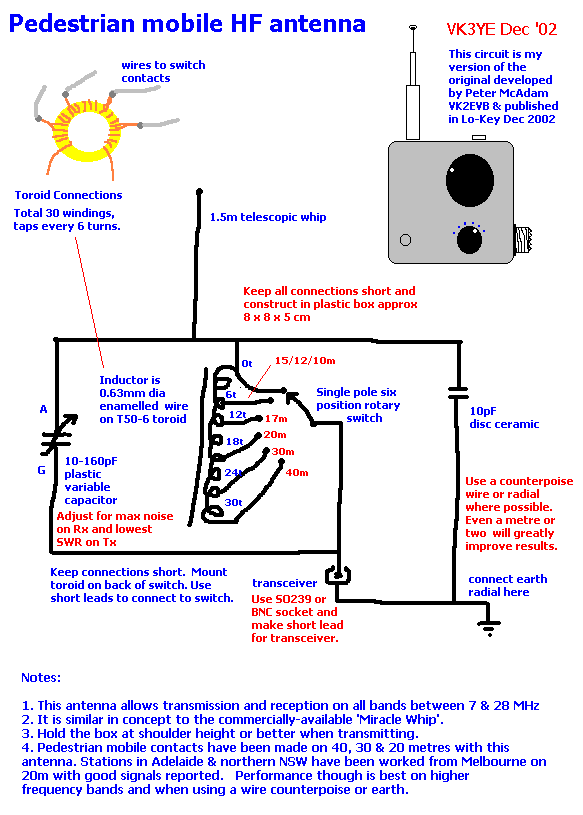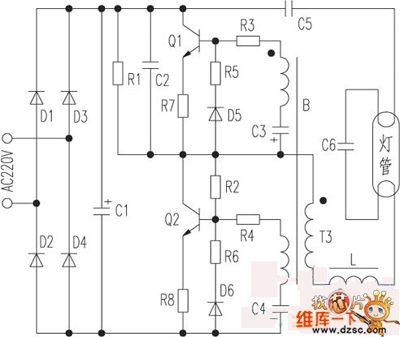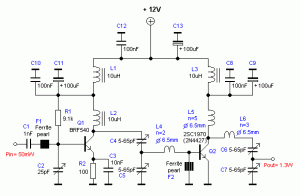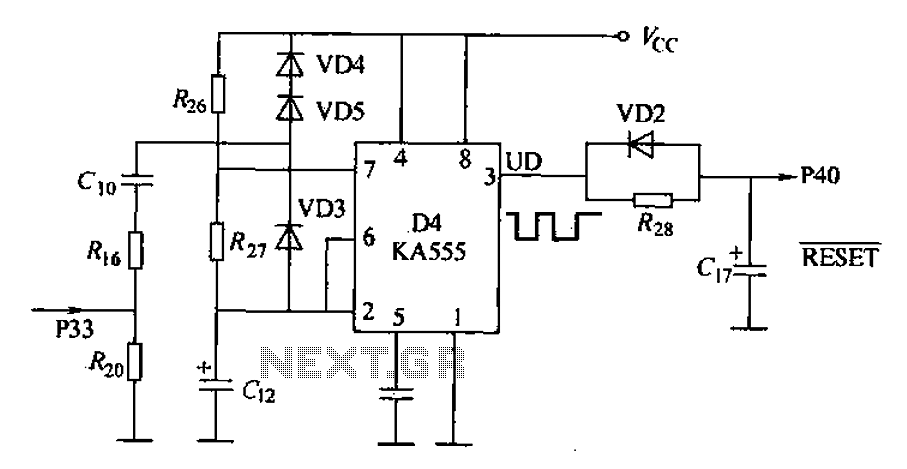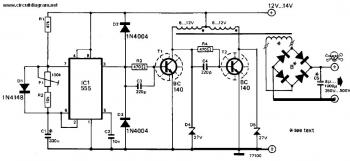
1024KHz temperature compensation crystal oscillator circuit diagram

This circuit is a 1024 kHz temperature-compensated crystal oscillator. The circuit theory is illustrated. Due to the low output signal level of the circuit, a buffer using the following transistor VT1 is implemented for amplification. The base bias resistor R2, the load resistor R3, and the emitter resistor R4 serve as negative feedback resistors to stabilize the DC operating point of VT1. Zener...
The 1024 kHz temperature-compensated crystal oscillator circuit is designed to provide a stable frequency output that remains consistent despite variations in temperature. Central to this design is a crystal oscillator, which utilizes a quartz crystal to maintain frequency accuracy. The oscillator generates a low-level output signal, which necessitates the inclusion of a transistor buffer stage for signal amplification.
In this configuration, the transistor VT1 acts as a buffer amplifier. The base of VT1 is biased by resistor R2, which sets the operating point and ensures that the transistor remains in the active region for linear amplification. Resistor R3, connected to the collector of VT1, serves as the load resistor, determining the gain of the amplifier and affecting the output signal level. The emitter resistor R4 introduces negative feedback into the circuit, which stabilizes the DC operating point of VT1 and enhances linearity by reducing distortion.
Additionally, the use of a Zener diode in the circuit provides voltage regulation, ensuring that fluctuations in supply voltage do not adversely affect the oscillator's performance. This arrangement allows the circuit to maintain a consistent output frequency of 1024 kHz across a range of temperatures, making it suitable for various applications where precise timing is essential. Overall, this circuit design exemplifies effective use of feedback and amplification techniques to achieve reliable frequency generation.This circuit SJT is 1024kHz temperature compensation crystal oscillator. Circuit theoryis asshown. Because output signal level of the circuit is low, the buffer of follow-up transistor VTl is amplified. VTl base bias resistor R2, the load resistor R3, the emitter resistor R4 are the negative feedback resistors for stablizing VTl DC operating point.
Zener.. 🔗 External reference
The 1024 kHz temperature-compensated crystal oscillator circuit is designed to provide a stable frequency output that remains consistent despite variations in temperature. Central to this design is a crystal oscillator, which utilizes a quartz crystal to maintain frequency accuracy. The oscillator generates a low-level output signal, which necessitates the inclusion of a transistor buffer stage for signal amplification.
In this configuration, the transistor VT1 acts as a buffer amplifier. The base of VT1 is biased by resistor R2, which sets the operating point and ensures that the transistor remains in the active region for linear amplification. Resistor R3, connected to the collector of VT1, serves as the load resistor, determining the gain of the amplifier and affecting the output signal level. The emitter resistor R4 introduces negative feedback into the circuit, which stabilizes the DC operating point of VT1 and enhances linearity by reducing distortion.
Additionally, the use of a Zener diode in the circuit provides voltage regulation, ensuring that fluctuations in supply voltage do not adversely affect the oscillator's performance. This arrangement allows the circuit to maintain a consistent output frequency of 1024 kHz across a range of temperatures, making it suitable for various applications where precise timing is essential. Overall, this circuit design exemplifies effective use of feedback and amplification techniques to achieve reliable frequency generation.This circuit SJT is 1024kHz temperature compensation crystal oscillator. Circuit theoryis asshown. Because output signal level of the circuit is low, the buffer of follow-up transistor VTl is amplified. VTl base bias resistor R2, the load resistor R3, the emitter resistor R4 are the negative feedback resistors for stablizing VTl DC operating point.
Zener.. 🔗 External reference
